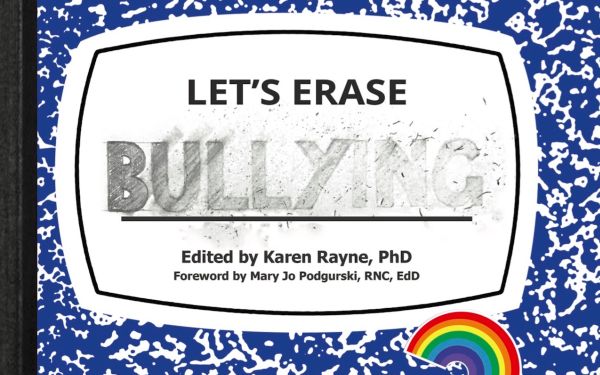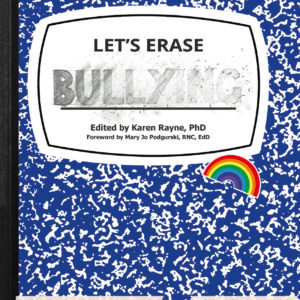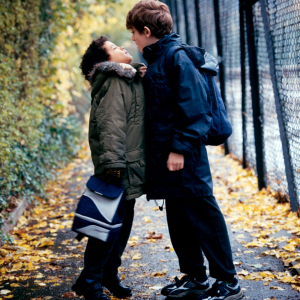
Last time we took a peek into the Let’s Erase Bullying manual, we saw how we might enable teens to puzzle out alternative means of dealing with the drama of their lives. Sometimes, however, problems are too large for them to handle themselves. And they shouldn’t have to.
Which is why the second lesson in Let’s Erase Bullying concerns reaching out for help.
EVERYBODY HAS DRAMA
Part II: Finding Help
By Sue Montfort, MAT, CHES and Peggy Brick, MEd, CSE
Objectives
By the end of this lesson, participants will be able to:
- Clarify that being able to ask for help when one faces a difficult problem is a sign of strength, not weakness.
- Identify two people in their lives who might be helpful.
- Identify two ways to ask for help.
Audience
Young adolescents (ages 10 – 13)
Rationale
Media reports of desperate acts by young people are evidence that many have no idea how to access help when they are faced with life situations that seem overwhelming. Often they feel guilty, blaming themselves for their problems: for being abused or being bullied. Frequently they expect no one will support them. One of the most important things we can teach young people is how to find help when they need it and to feel good about doing so.
This lesson goes on to address the many ways teens can seek out help. It touches upon how they might find askable adults or other sources of support, and where they might find helping professionals at certain agencies and organizations. And because asking for help is sometimes the hardest part for any number of reasons (shame, pride, fear, not knowing who to ask), the lesson even includes role playing exercises so kids can get comfortable reaching out.
A resource handout is also included, listing out national organizations working in the areas of abuse, pregnancy, suicide, sexual assault, and more.
Stay tuned to see more lessons from Let’s Erase Bullying, and other teaching manuals.



